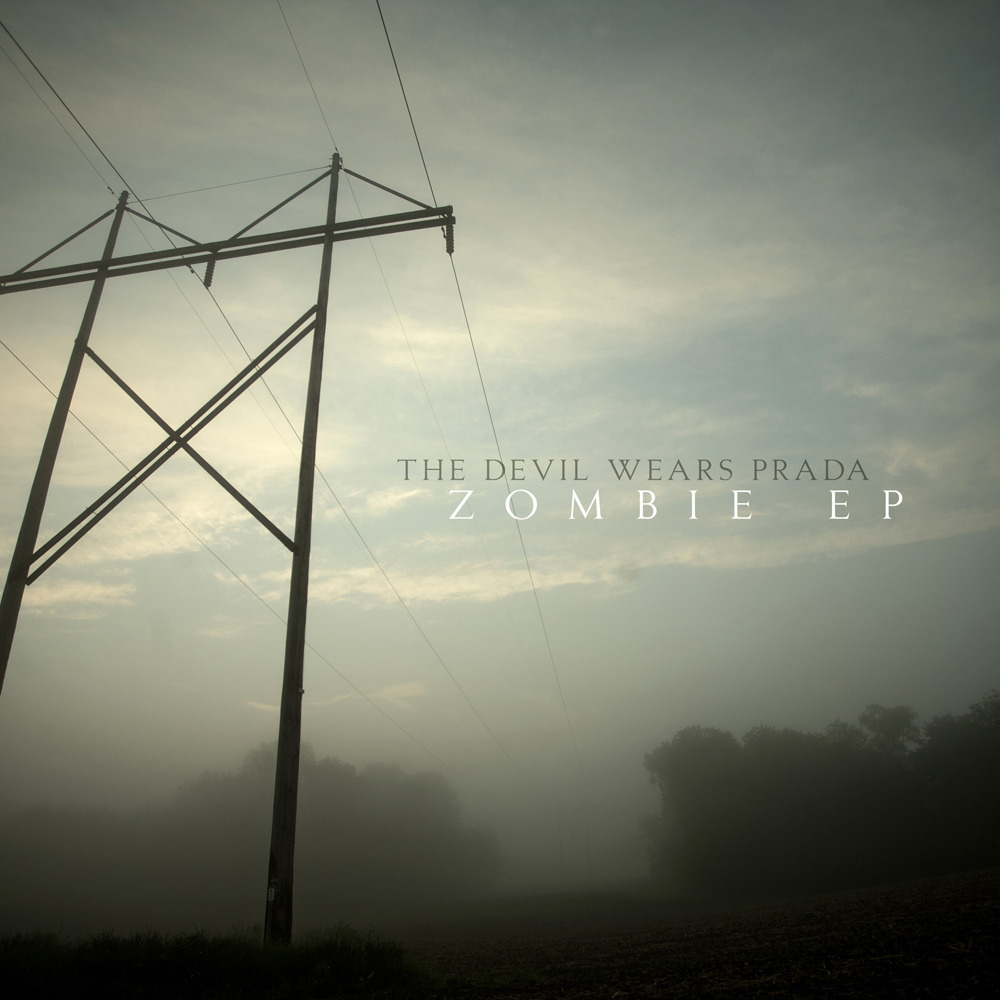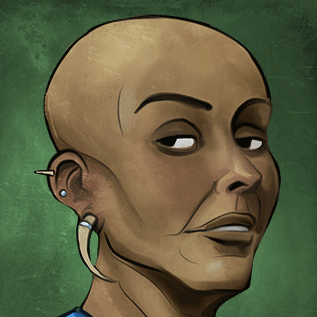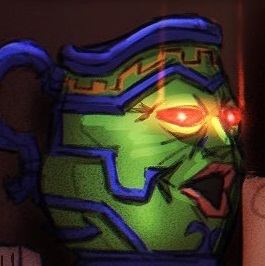EXPLAIN MONADS TO ME OR I'LL FUCKING KILL YOU! DON‘T DUMB IT DOWN INTO SOME VAGUE SHIT! EXPLAIN MONADS TO ME RIGHT NOW OR I'LL LITERALLY FUCKING KILL YOU! WHAT THE FUCK IS A MONOID? WHAT THE FUCK ARE ENDOFUNCTORS? DON'T DUMB IT DOWN OR I'LL FUCKING KILL YOU
Once when I was an intern, I was in line to buy lunch with one of the other interns and we were griping about our hell stack, which consisted of the bloated corpse of a Django monolith and an also-bloated Java app that was intended to replace it but didn't so both ended up doing the same thing but for different sets of data and in different ways.
The Java app had been more on fire that week, so we were complaining about it more, and referencing it as "the Java app" to distinguish it from the other.
Some skinny hipster in line behind us, without even looking up from his phone, gives us the unsolicited advice of "You should write it in Haskell, it's better."
And that's all I know about monads, and all I care to know.
Nomads are people who habitually travel from place to place
you're a conduit for an advanced intelligence beyond the physical, hope you know that chief
The Monado (English dub: /moˈnɑːdoʊ/) is a mythical sword in Xenoblade Chronicles. The reasons of its existence and powers are the core of the story. It is said to be the weapon used by Bionis in its war with Mechonis.
The Monado is a powerful energy blade that can manipulate the ether around it, and by doing so, change the material and immaterial shape of the world. One's ability to control the Monado depends on the strength of will of its user; most Homs who try to use the sword cannot control it. At the beginning of the game, the Monado cannot harm any of the people of Bionis.
The Monado grants its elected wielder the power of foresight. It is said that this is possible because all of the ether in the world is calculable in its changes. This allows the user to see where every ether particle is, was, and will be.
The Monado emits a particular ether wavelength in its ground state that attracts Telethia. Also, the Monado can be counteracted by opposing particles to that of the Monado.
All of the seers must touch the Monado to receive their divination powers.
You must learn and study the three monadic laws and understand how they relate to each other, because they are extremely important.
- The law of the unity and conflict of opposites
- The law of the passage of quantitative changes into qualitative changes
- The law of the negation of the negation
I’m reading Mao’s On Contradiction and he’s talking about all of this
Not going to explain monads to you, but I will tell you this.
You don't need to care about any programming concepts, unless you are dealing with a programming language that employs them. You don't need to care about monads, unless you want to understand Haskell or Haskell-like Scala code. You don't need to care about metaclasses, unless you are writing Ruby DSLs. You don't need to care about borrowing, unless you are trying to make Rust compile.
You may want to care about programming concepts that are not immediately relevant to you to get a new perspective. Monads and monad-like things can be found in a lot of places: most iterators and sequences, nullability, futures and promises, etc, etc. Does it make a difference if a thing is a monad or monad-like in a language that doesn't make use of monads? No. Is it cool to know? Might be.
I love going in for a job interview and getting Cicada 3301 challenges
Edit: What the fuck, I haven't thought about Cicada in like 6 years and apparently there's going to be a movie about it released next month...
All this thread has taught me is that programming is a fuck that I never want to touch
This is a good video iirc: https://youtu.be/ZhuHCtR3xq8
Now I don't really know about functional programming and I haven't ever spent much time studying category theory, but from a math perspective, the simplest way I can summarize it is this:
First you have to understand what a category is. A category is a bunch of objects, and a bunch of functions between these objects, or "arrows" going from one to the other object (direction is important).
Then you have to understand functors. You can imagine a functor as some kind of "function" that takes objects AND arrows from one category to different objects and arrows of another category (these arrows are called morphisms, they are like functions, although there is an additional requirement that they have to preserve the structure between objects, not gonna go into it here). But the important thing that makes them functors is that a functor preserves the link between objects. So say that a category has two objects, A and B, linked by a green arrow that goes from A to B, and another category has C and D linked by a blue arrow that goes from C to D and another element F that is linked to C with a red arrow that goes from C to F. Now if you have a functor that takes A to C and B to D, then the green arrow has to go to the blue arrow, because if it goes to the red arrow, then the link wouldn't be preserved. Similarly, if instead of D, B was mapped to F, the green arrow would have to go to the red arrow to preserve the link. It is easier if you draw all this.
Now, as I said before, direction matters. So if you have a category A->B and a category C<-D and you try to make a functor that takes A to C and B to D, you can't do it, because you'd have to take the arrow to another arrow that goes from C to D, but you only have an arrow that goes from D to C available.
So now if you understand functors, an endofunctor is simple. It's just a functor that takes stuff from a category to an exact copy of the category. So maybe there are objects A and B in a category, and your endofunctor takes A to B and B to A, while obeying all the rules with arrows I explained before.
Now, there is a special endofunctor called the identity functor. That is simply an endofunctor that doesn't change anything. It takes A to A, B to B, arrows to themselves, etc. It is important to remember that each category has its own identity functor.
Finally, there are natural transformations. This is a little bit more complicated so I suggest you open wiki, go to the definition and take a good long stare at the commutation diagram after I explain this, and try to figure it out. Also draw shapes.
I described before how functors connect categories. So functors are kinda like an arrow between two categories, right? Well, you can define a family of morphisms between two different functors, and it has to be such that the structure of the functors is preserved. What does that mean? It means two things. Let's say we have a category C and another D, and two different functors going from C to D, which we name F and G. Remember that F takes any object X of C and takes it to an object F(X) of D, as well as any arrow (morphism) f of C to an arrow F(f) of D. Then our natural transformation is a family of arrows between F and G such that:
-
For every object X in the category C, we have one morphism in the family that goes from F(X) to G(X). Remember that F(X) and G(X) are objects in D.
-
The morphisms belonging to the family of the natural transformation are such that for every arrow f that goes from X to Y and which lives in C, if one goes via the natural morphisms from F(X) to D(X) and then uses the functor G(f) to go to G(Y), then it is the exact same thing if you use the functor F(f) to go from F(X) to F(Y) and THEN use the appropriate natural morphism to go from F(Y) to G(Y), they are merely different roads.
So essentially a natural transformation is a family of instructions that tell you how to change a functor from C to D into another functor from C to D, in such a way that everything is nice and properly connected, like changing the color of a chain instead of breaking it and connecting a bunch of disparate loops together. Hence the name natural. Functors which are connected by a natural transformation thus have some kind of similarity, a kind of similar "shape", or structure.
A monad is a package deal, it is an endofunctor T (which is often itself called a monad, names are weird, I know) plus two different natural transformations. The first one goes from the identity functor of the category C, to the endofunctor T. This hints that T is kind of "similar" to the identity in structure which isn't to be taken too literally, but it does restrict a lot of the possibly wild behavior it can have. The other natural transformation goes from T^2 to T. What is T^2? It is the composition between T and... Well... T again. Essentially it tells you go from category C to C again through T ("rearrange" shit), and then do the same thing yet again. It is actually these two natural transformations that are the important constituent elements of a monoid. To have a monoid you need to have a category T (in this case our category is an endofunctor, it is a bit weird I know) a morphism such as the first natural transformation we call η, and another one like the second we call μ.
But this is not enough. The two natural transformations described also have to obey 2 conditions called coherence conditions. And fuckkkk I'm not gonna explain these now because I just realised I got shit to do and this is taking wayyy too long so yeah, if you have any questions I will elaborate and answer later.
I actually understand monads more or less, I just posted this as a meme. But thanks a lot for your effort, this could be very useful to someone
Yeah, I guessed so... All these Haskell kids with their monads, no one is in it for the pure math in our day and age >:(
-








